05 Apr
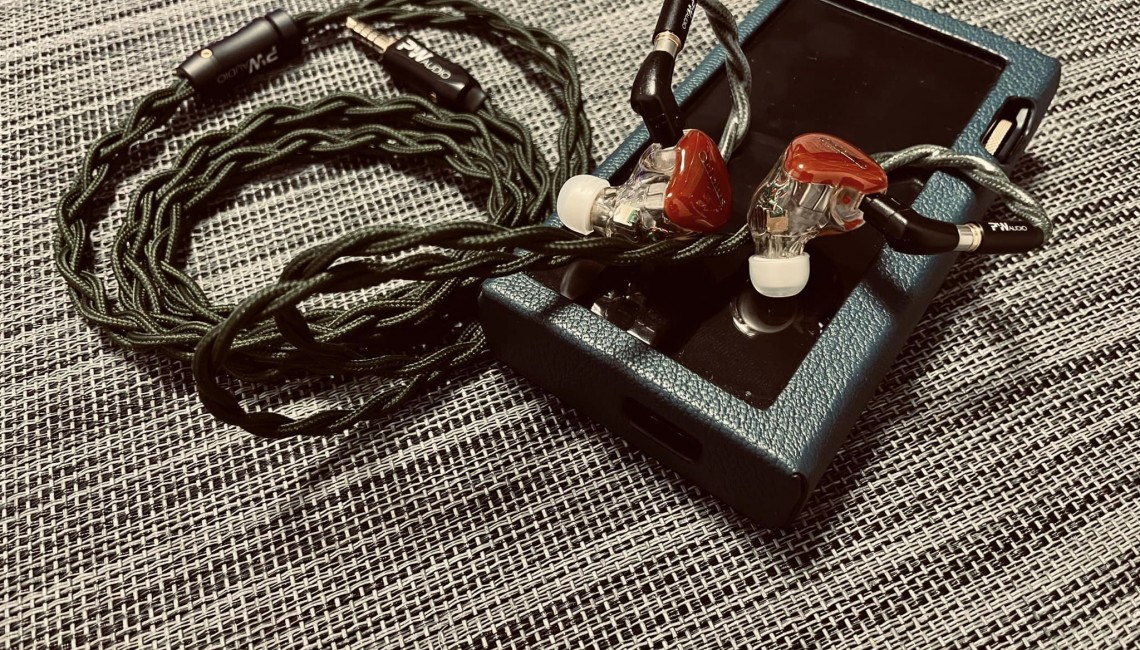

0 Comment(s)
3640 View(s)
VE Phoenix: The Phoenix itself exhibits a relatively restrained performance in the midrange for vocals, with a rich and mellow sound foundation. When paired with the Ophis, it enhances the already full-bodied sound, strengthens the midrange density, and expands the soundstage. However, it may bring about a pronounced harmonic distortion, which, although pleasing, reduces listening endurance. On the other hand, when paired with the First Times, it presents a completely different sound characteristic from the Orpheus, with improved clarity in the mid to high frequencies and more agile low-frequency response. It sounds more impressive for rock and electronic music, but loses some of its original charm for vocals. When paired with Meet Again, personally, I feel that the vocals become more dynamic and comfortable to listen to. Due to the Phoenix's inherent analog-like sound foundation, the vocals are slightly set back, giving a more relaxed and comfortable feeling. This combination, along with the P6pro's R2R decoding, provides a very comfortable listening experience for female vocals, especially for expressive Japanese lyrical songs by artists like Uru and Nakashima Mika. It is definitely worth a try.
Oriolus Trailli: Oriolus Trailli is distinguished by its unique vocal tuning, offering a more relaxed and natural sound with a larger soundstage, setting it apart from other models. While it lacks in low frequencies, it possesses a special vocal charm. In contrast, Orpheus extends the wide soundstage, enhances mid-range vocal coloring, and adds warm, heavy low frequencies, amplifying its sonic capabilities. First Times enhances overall vocal and instrumental clarity, outpacing the original 1960s cable in terms of speed, despite a lesser impact on low frequencies compared to Orpheus. Pairing Trailli with First Times is particularly pleasing when listening to violin or small ensemble classical music. Meet Agains refines Trailli's already relaxed vocal tuning, creating a more laid-back feel with a wider soundstage and a special ethereal sensation due to its lower density compared to Orpheus. When experiencing softer female vocals like Faye Wong's, a truly ethereal vibe is achieved. Despite these options, the combination of Trailli and Orpheus remains a preferred choice, with its mid-range density and analog flavor lending a completeness to the sound. This combination stands out as one of the favorites, particularly for those with a penchant for vocal listening.
Aroma 661: I feel that the 661 represents an advancement over the Odin, featuring its standout high frequency and spatial distribution, delivering a delightful yet not overly intense sensation. When paired with Orpheus, the 661 tilts more towards emphasizing vocals, enhancing them with a rich, flavorful quality, without compromising its spatial distribution. Its sound signature sits between the Andromeda and the Lyra, offering a balance between analytical and relaxed, both being immensely satisfying to the ear. When combined with the First Times, the 661's subtle musical details are accentuated, further enhancing its original strengths. I particularly enjoy this combination for listening to classical violin and saxophone, as it delivers an exceptionally pleasing performance, highlighting the strings' performance and airy quality. As for the Meet Agains, the 661's spatial distribution becomes more pronounced, expanding the soundstage. However, compared to the First Times, there's a slight lack of detail, resulting in a comparatively average performance without any significant change in direction. Of the three pairings, I find that using First Times with the 661 to listen to classical music and instruments feels like the most complementary and rewarding match. UM The Multiverse Mentor: UM offer a unique sound field and low frequency performance, possibly owing to the incorporation of bone conduction units. The sound field carries a distinct quality that surpasses the headphones themselves. The original Universe Deep line boasts notable speed and a broad dynamic range. When paired with Orpheus, the vocals become more captivating, and the low frequencies deepen. The 3D sensation also intensifies, representing a comprehensive enhancement in my opinion. On the other hand, First Times shares some similarities with Universe Deep, presenting a balanced sound, yet I find the background sensation under First Times to be cleaner. The instrument separation and analytical prowess are remarkable within this line, although the low frequencies are slightly faster and not as impactful. With Meet Agains, I particularly appreciate its augmented atmosphere and sense of spaciousness. While it may not deliver the same level of captivating vocals as Orpheus, it excels in showcasing UM's distinctive bone conduction 3D characteristics. Listening to grand-scale classical music, such as the 1812 Overture, under Meet Agains also feels truly unique. In my experience, Meet Agains and Orpheus offer a balanced performance under UM, with each emphasizing different aspects—vocals and 3D sensation, respectively. For me, it's a 50/50 split depending on the mood. After extensive comparison throughout the entire weekend, I've come to the conclusion that Meet Agains can certainly achieve a level similar to Orpheus, First Times. Irrespective of the different IEM used, there's a noticeable ability to render sound in a more relaxed and natural manner, infused with a touch of analog flavor and an expanded sense of space. While it may not offer the same level of detail and speed as First Times, or the vocal emotion enhancement of Orpheus, Meet Agains possesses its own distinct characteristics. In my view, it pairs well with headphones that deliver a relatively dense and rich sound, such as the Phoenix, enhancing both the listening experience and the spatial sensation.--------------- Click here for detailed post (originally in Chinese) ---------------


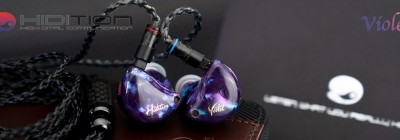
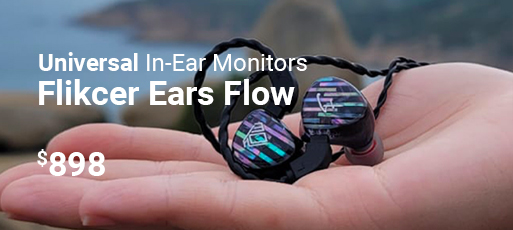








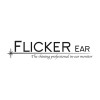
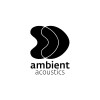


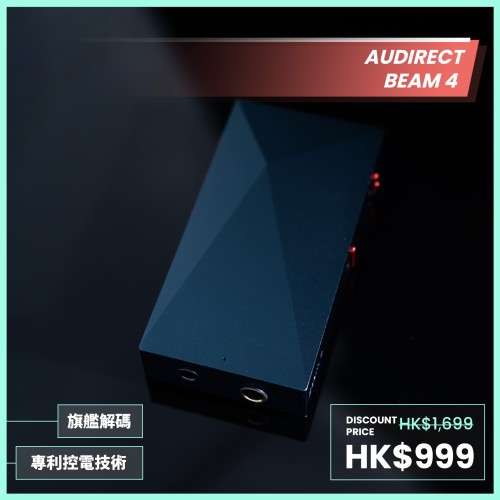
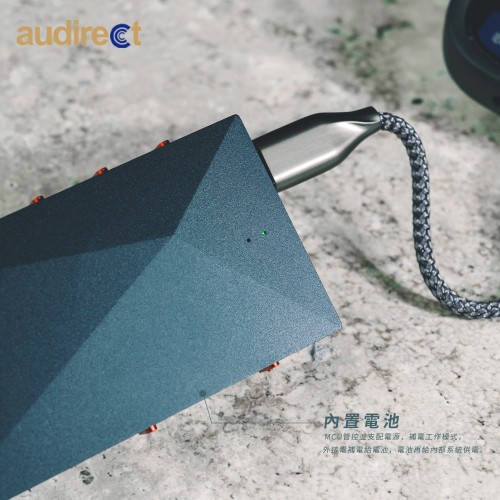
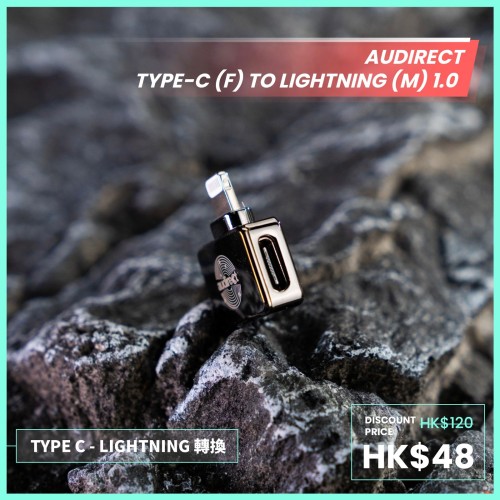
-500x500w.jpeg)
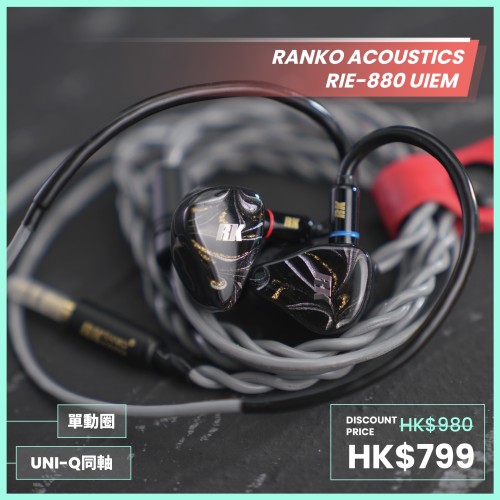


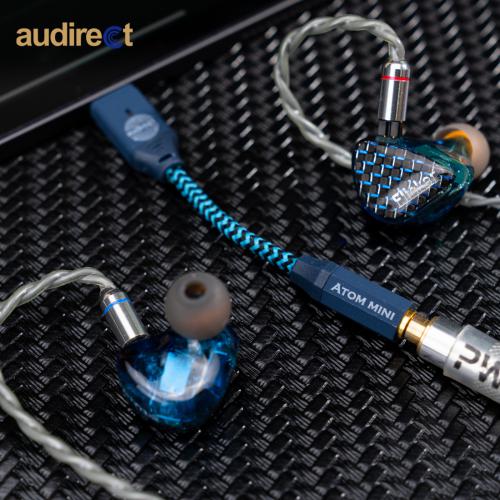
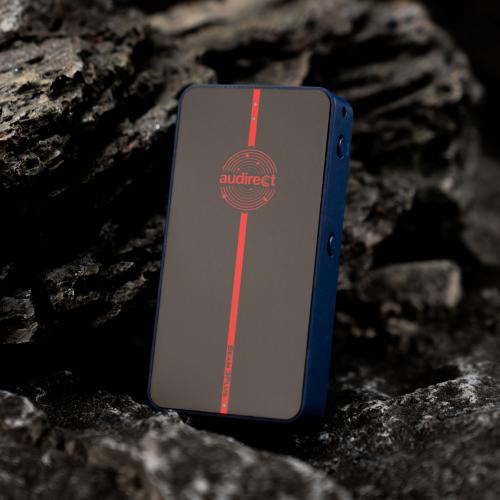
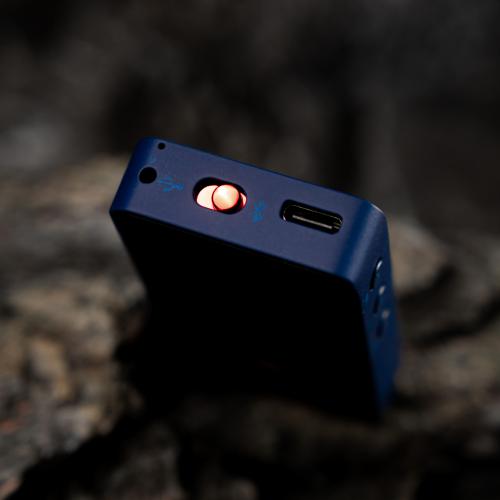

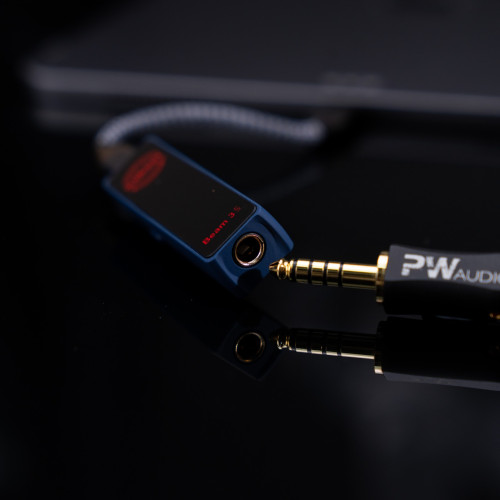
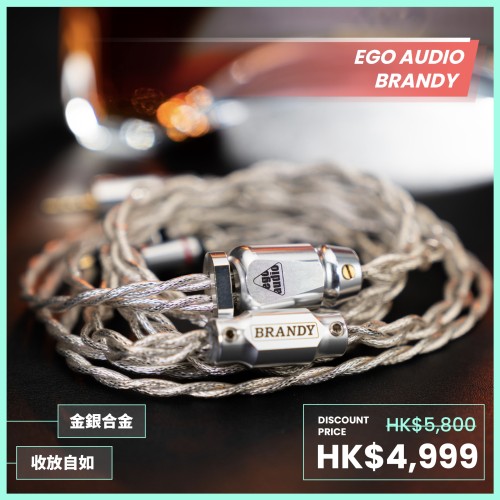

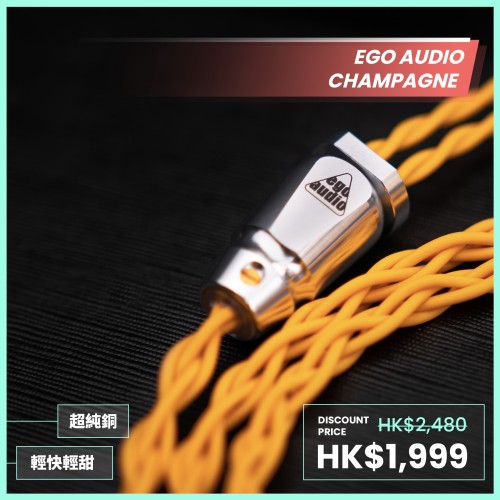

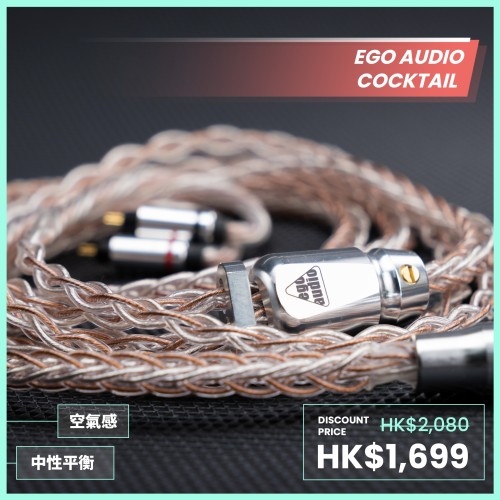

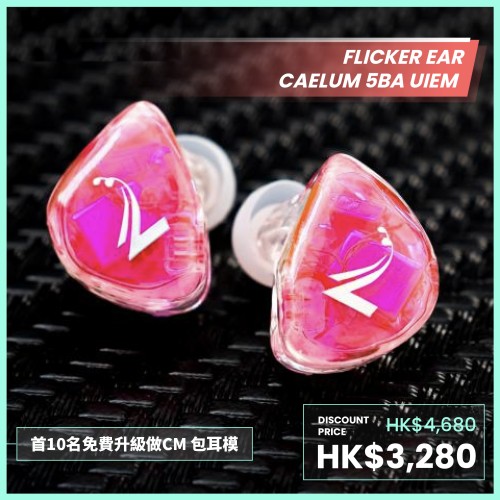

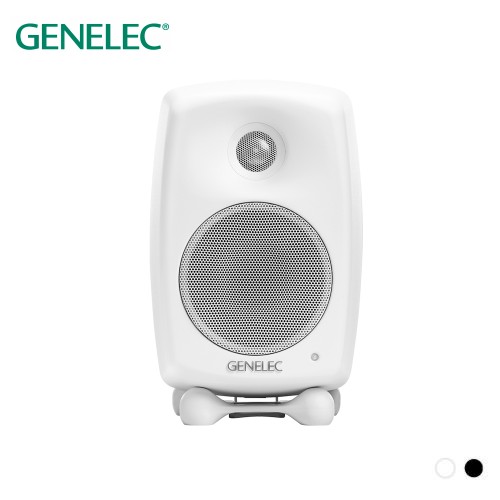
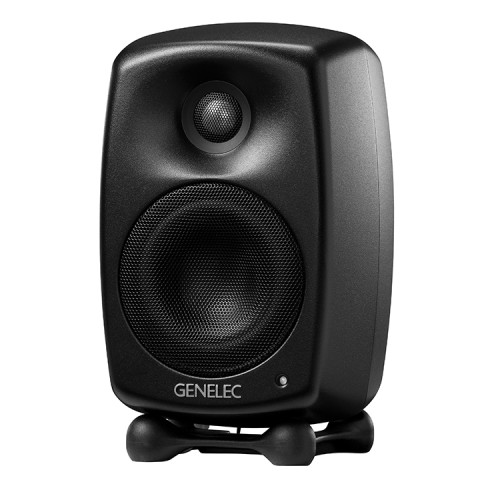
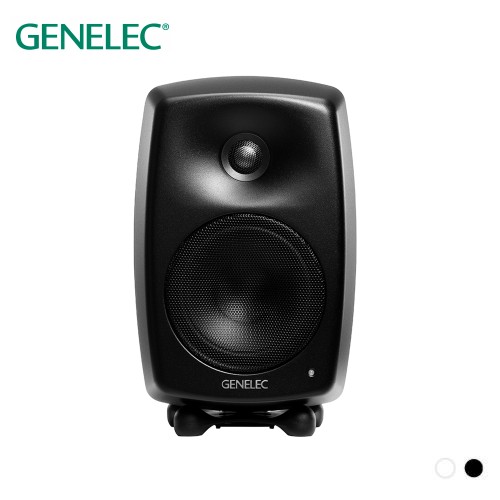
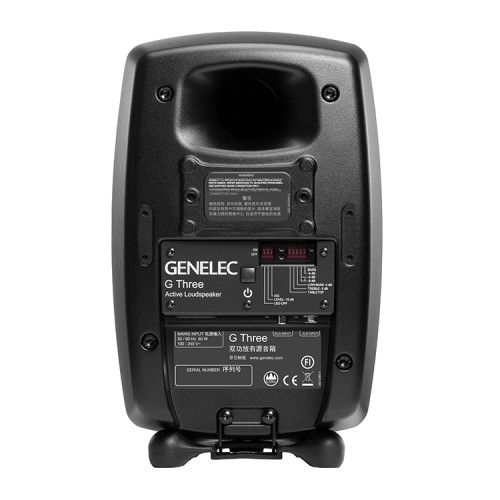
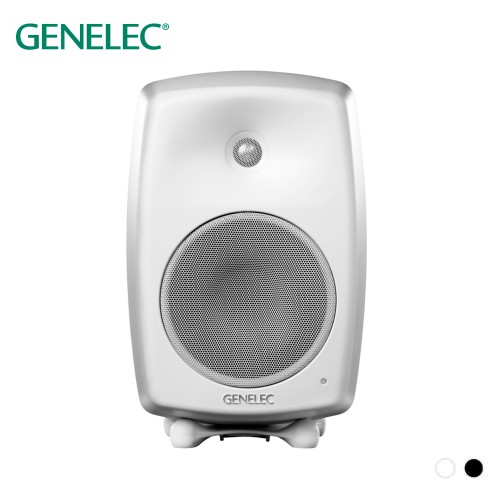
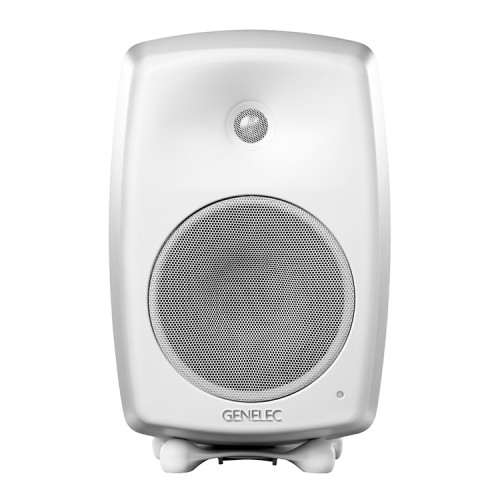
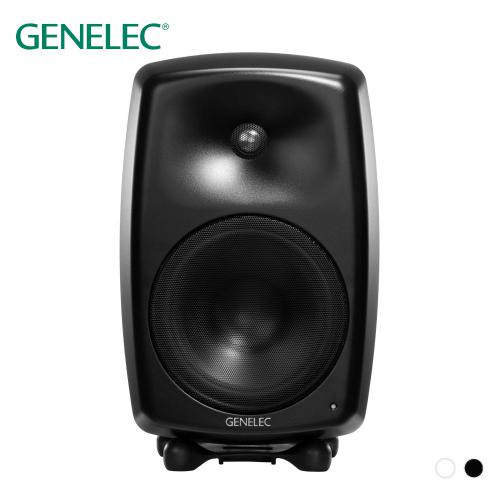
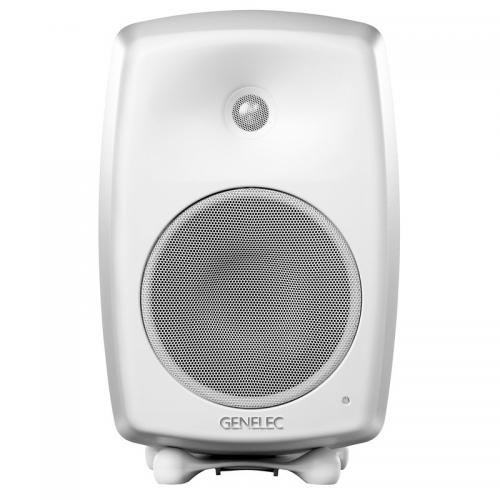
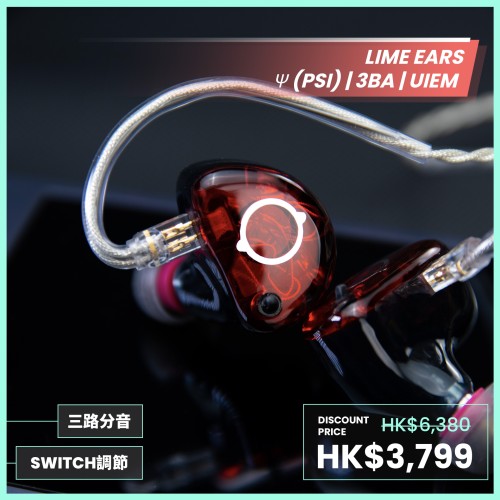
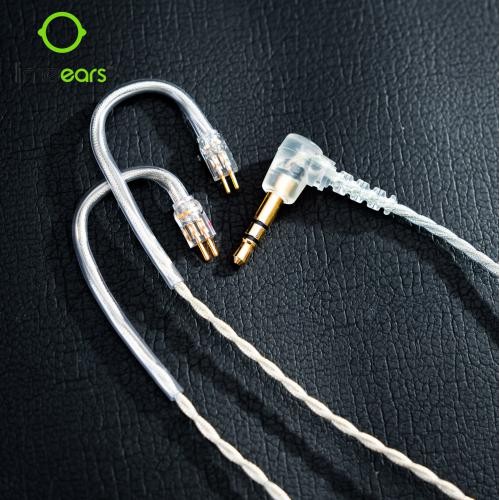

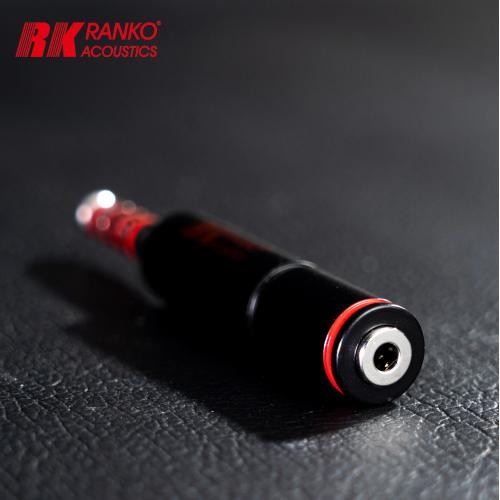



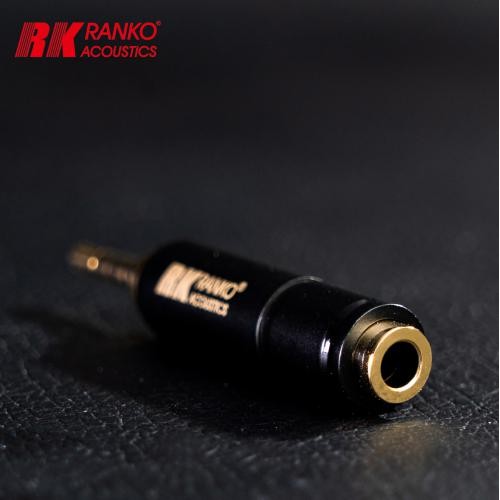
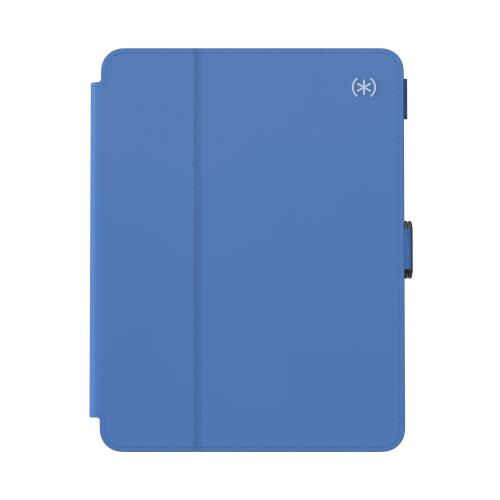
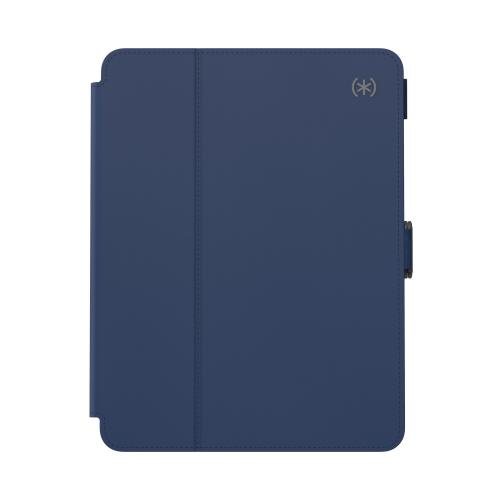


Leave a Comment